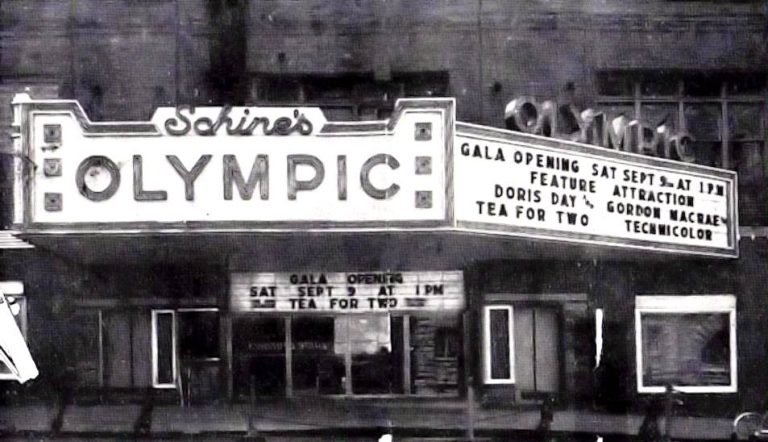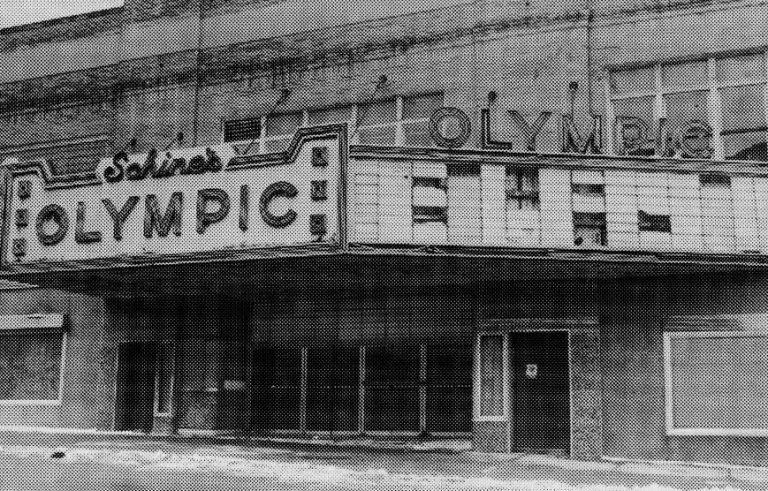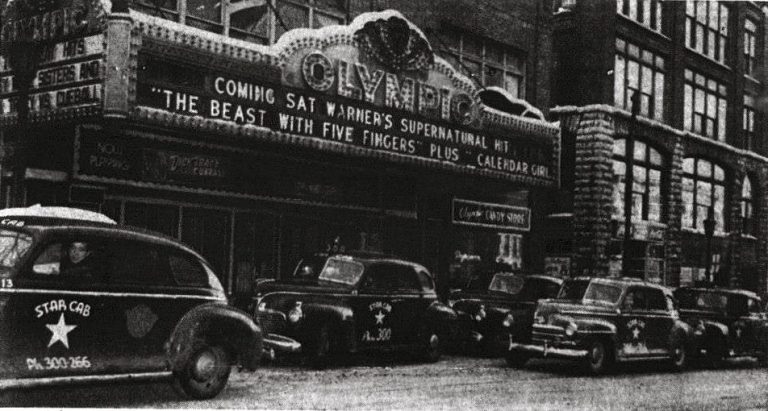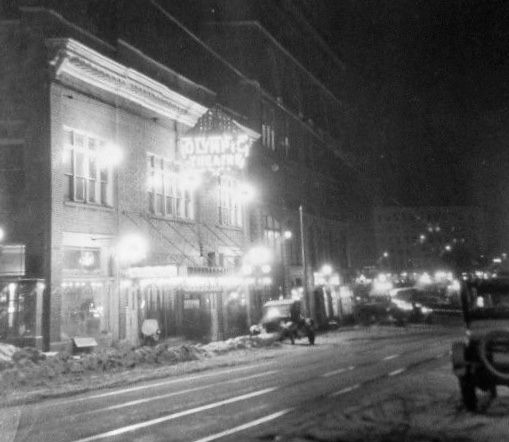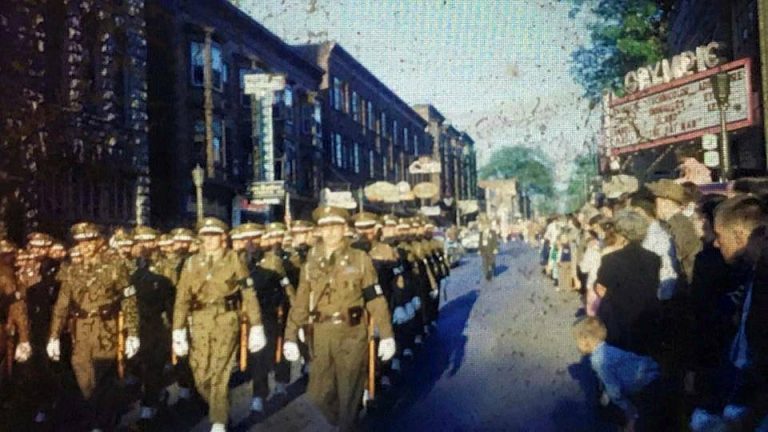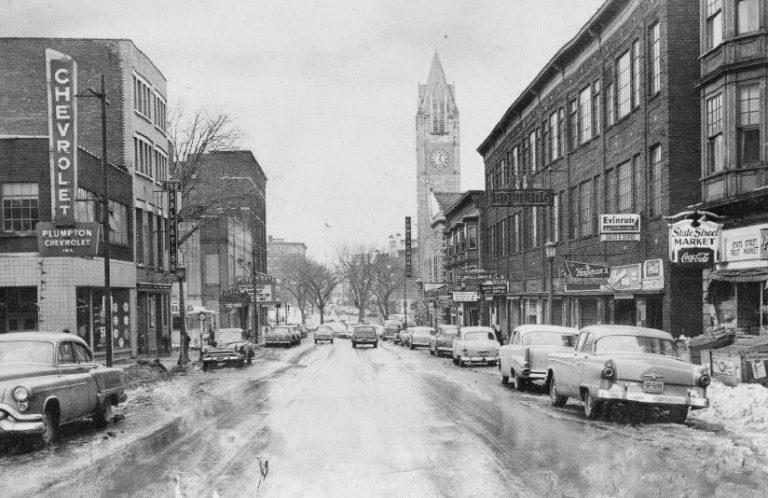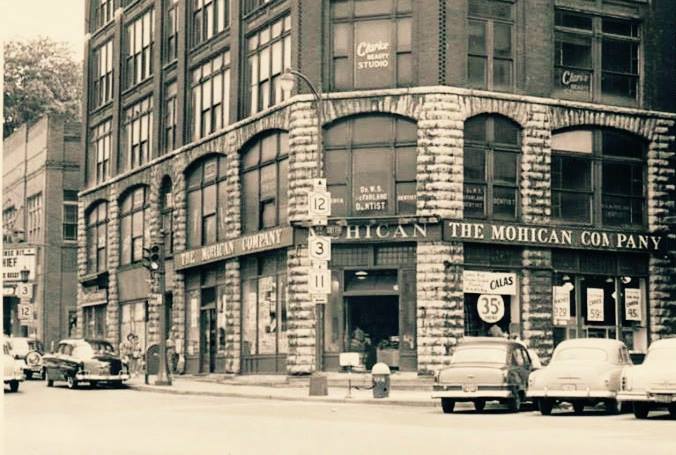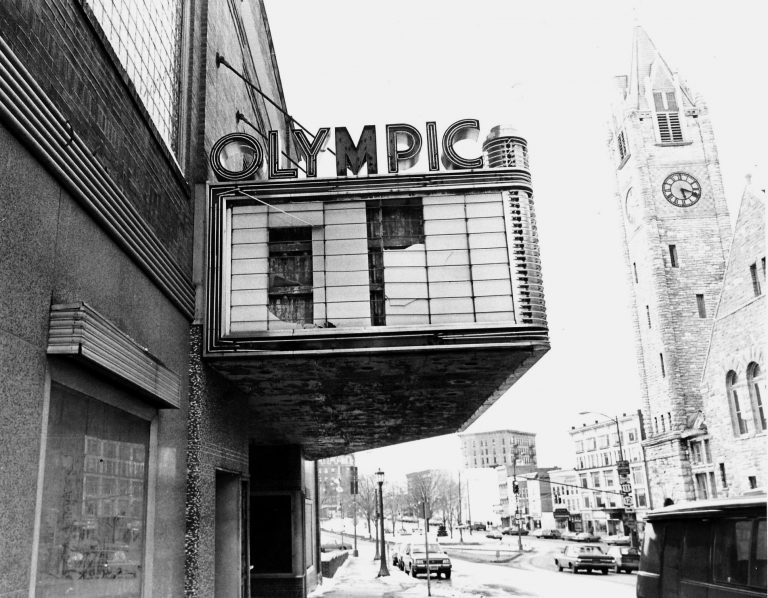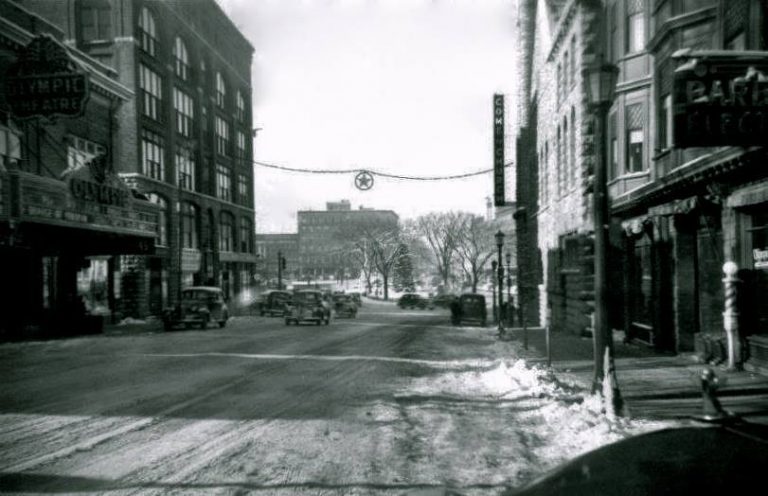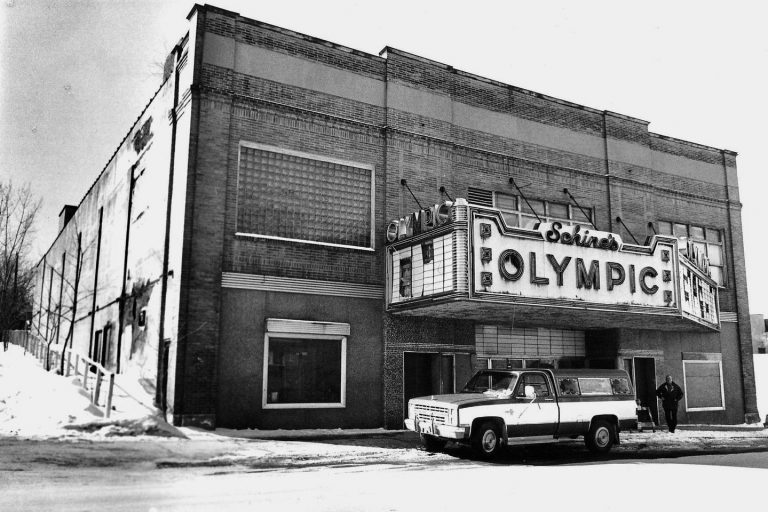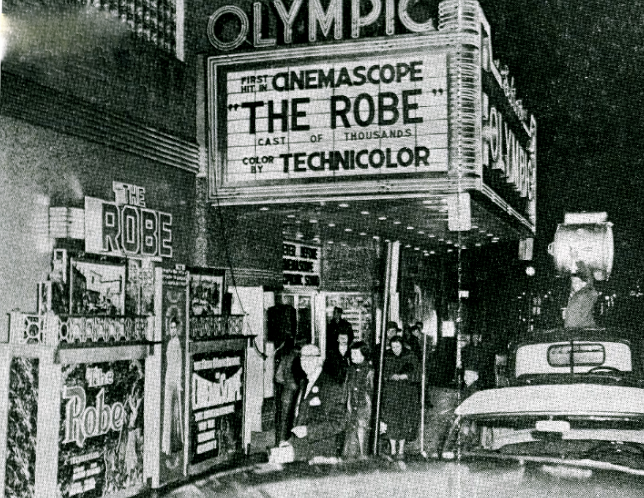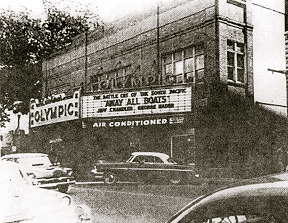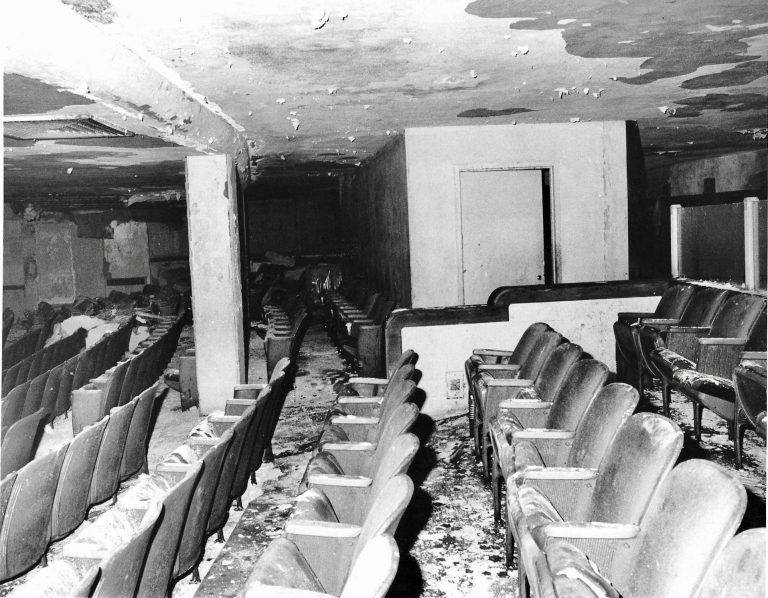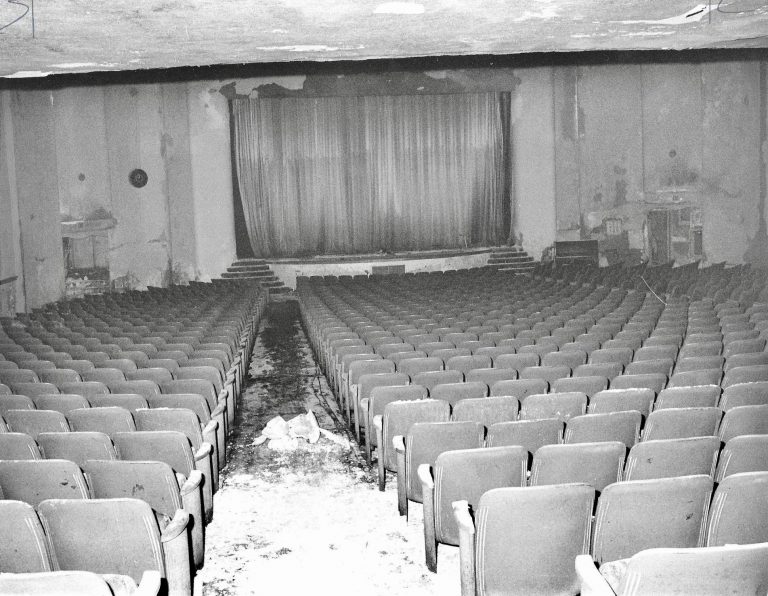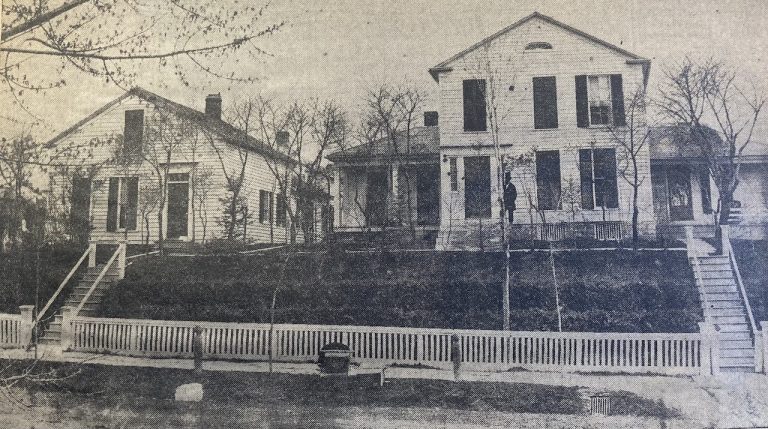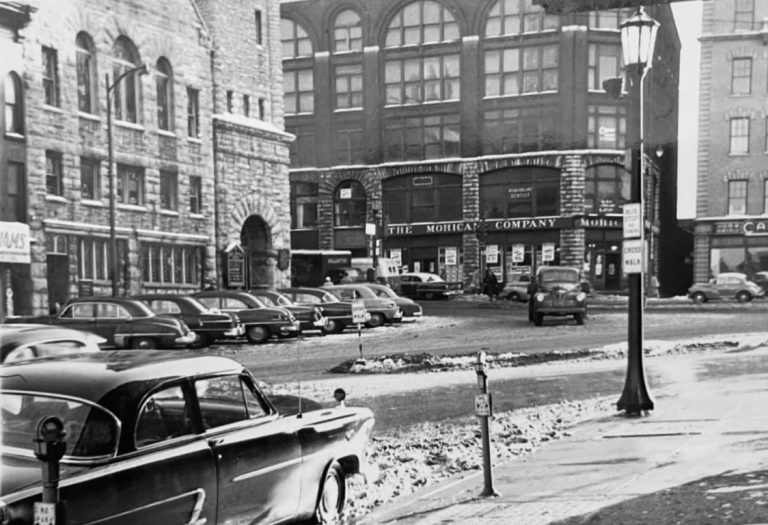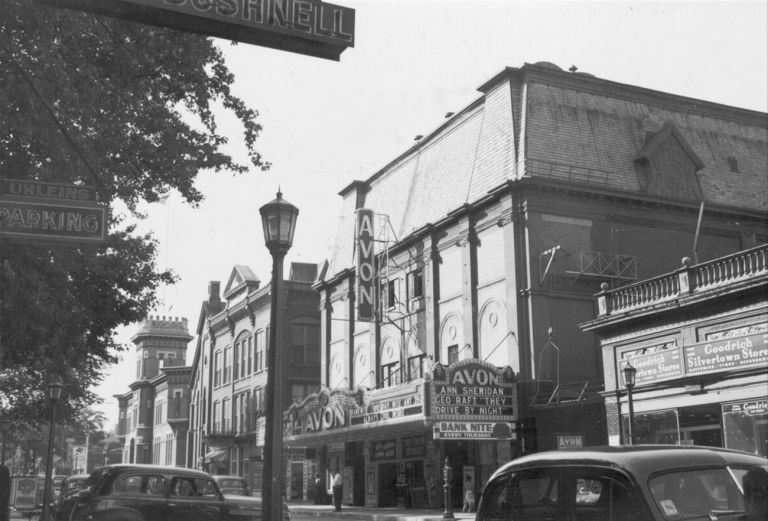The Olympic Theater: largest seating capacity in Northern New York
Opening on June 4th, 1917, the Olympic Theater on lower State Street would become the largest capacity theater in Northern New York with 2,100 seats, which included 600 in a balcony.
If you were a movie-goer in 1910’s Watertown, N.Y., chances are, you went to a theater owned and operated by the Papayanakos Brothers. The brothers, Alex and James, would get their start operating The Antique theater on lower Court Street which later became the Liberty Theater.
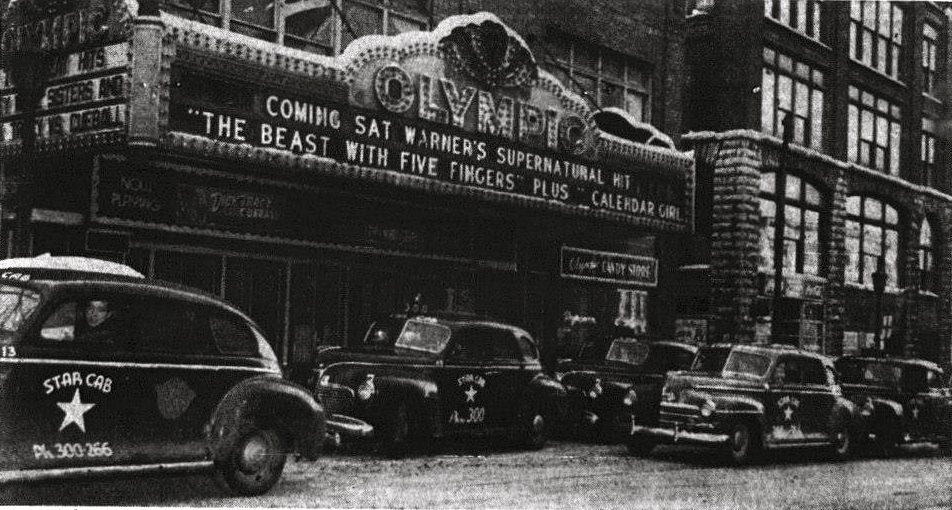
The June 2, 1917 Watertown Daily Times wrote an article days prior to the Olympic’s grand opening, stating—
Olympic Theater Will Open Monday
The Olympic Theater, Papayanakos Brothers, proprietors, will open formally to the public Monday evening with the notable production, A Poor Little Rich Girl, starring Mary Pickford. The admission price will be 15 cents for all seats downstairs, excluding the boxes, and for the first three rows upstairs. The remainder of the upstairs is ten cents a seat. The boxes, twelve in number at the rear of the house downstairs, each seating nine persons, will bring the charge of 25 cents an occupant.
The theater unquestionably stands as a model in point of comfort and elaborateness. It has been especially designed to afford comfort and its capaciousness will care for any normal attendances. It has an approximate seating capacity of 2,100 with over 1,500 seats downstairs and 600 upstairs.
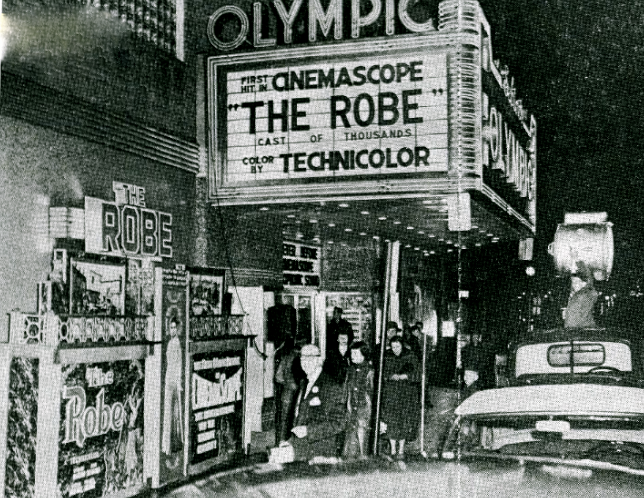
A big 12-ton Austin organ inside the theater was the largest of its type outside New York City and is comprised of 3,500 pipes. One of the most expensive, electric signs of its kind graces the outside entrance to the theater. The building itself was constructed by the Charlebois Brother.
Shortly after opening the Olympic Theater, the brothers would turn Wonderland, at Hotel LeRay, into The Palace Theatre in December of the same year. The Palace would seat 600 in its auditorium with nearly 300 in a balcony and, in later years, be renamed the Town Theater.
At one point in the mid-1920’s, rumors swirled that the Papayanakos Brothers, who searched for, and operated, theaters throughout New York State, were interested in The City’s Opera House. The Papayanakos Brothers denied interest and, in fact, James, as early as 1919, stated in the October 31 Watertown Daily Times with regards to rumors of the City Opera House moving toward showing motion pictures—
If the management of the City Opera House turns the opera house into a motion picture theater, I shall enlarge the stage of the Olympic Theater, provide dressing rooms and adapt the building to the presentation of legitimate plays.
There are enough motion picture houses in this city now. If the City Opera House remains a legitimate play house, then the Olympic will continue as a motion picture theater.
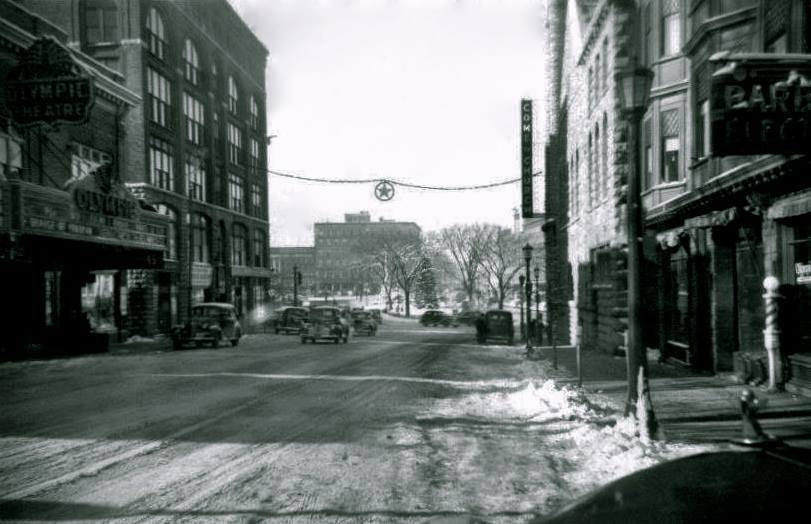
The theater would enjoy a long life, but longtime neighbors such as The Mohican and The Eleanor Restaurant were already gone by the late 70’s. The Electric Building that housed the Town Theater would also be gone by 1976 as downtown Watertown’s landscape continued to change with time.
In 1973, the operators of the theater would face obscenity charges for showing a number of “blue” movies, including “The Devil In Miss Jones” and “Uncontrollable Urge.” By this time, the theater had started falling into disrepair and took on a seedy/shady establishment amongst the younger generation making it an unfortunate far-cry from its glory days. The city would eventually take control of the property and it would sit unused for over a decade.
In its final years, the Olympic Theater was on life support, its final curtain call delayed a number of times. The city had hoped the United States Postal Service may acquire the property, or at least the land, but that never came to fruition. Then there were rumors of Sheraton Hotels interest in the property, which were denied.
In early November of 1988, 71 years after first opening, the wrecking ball came and ended what was once amongst the finest theaters in the state.
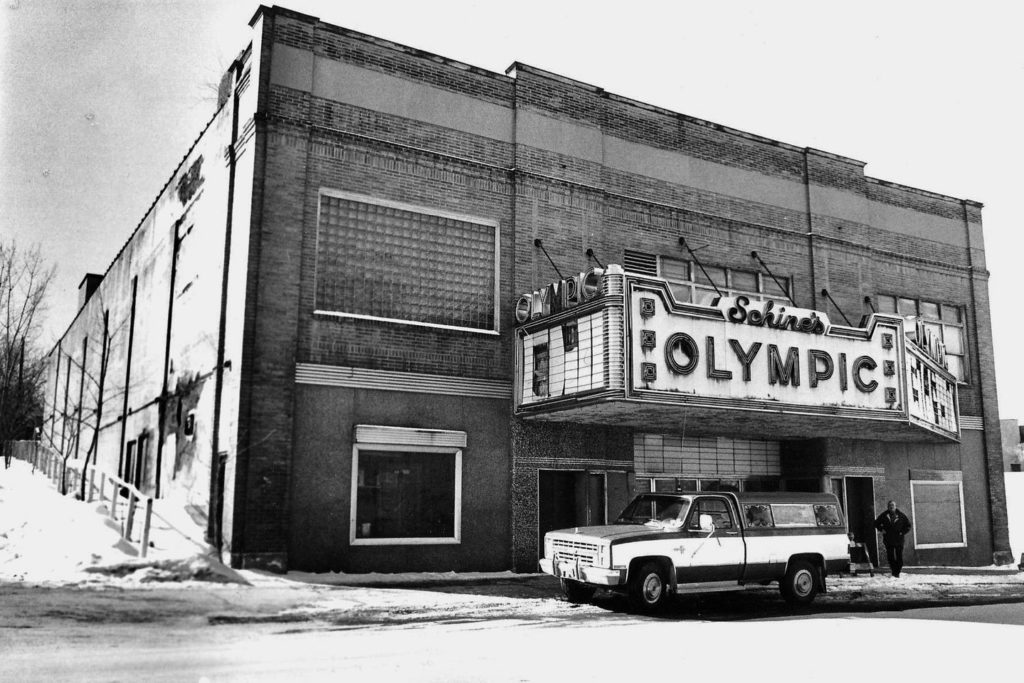
Whatever Happened To The Olympic Theater Organ?
The “Mighty Wurlitzer Organ” that once graced the Olympic Theater perished in a fire that destroyed the church it had been relocated to in 1975. The organ was initially part of the Olympic Theater’s grand reopening in 1927, just ten years after it first opened its doors.
According to the Watertown Daily Time’s retrospective article from 1975–
On July 30, in Somerville, Mass., the mighty organ came to an inglorious end when fire destroyed the First Baptist Church.
“I still can’t believe it,” said John Phipps, who had purchased the massive instrument in 1971. “It meant more to me than anything else in the world. Now it’s gone, destroyed. It all seems so senseless.”
It’s not known exactly when, but organ made its way from Watertown to the Fort Square Presbyterian Church in Quincy, Mass., where Mr. Phipps was hired to repair it in 1959.
In 1971 Mr. Phipps learned that the church had put the organ up for sale. He he submitted his sealed bid, and the instrument was his.
Mr. Phipps took the organ apart, piece by piece, and removed it to his own church in Sommerville. A year later, with the help of several parishioners, he had reassembled it. The organ filled two 8 by 12 foot rooms.
“It was the love of my life,” the young man said.
His eyes were wet when he said it.

